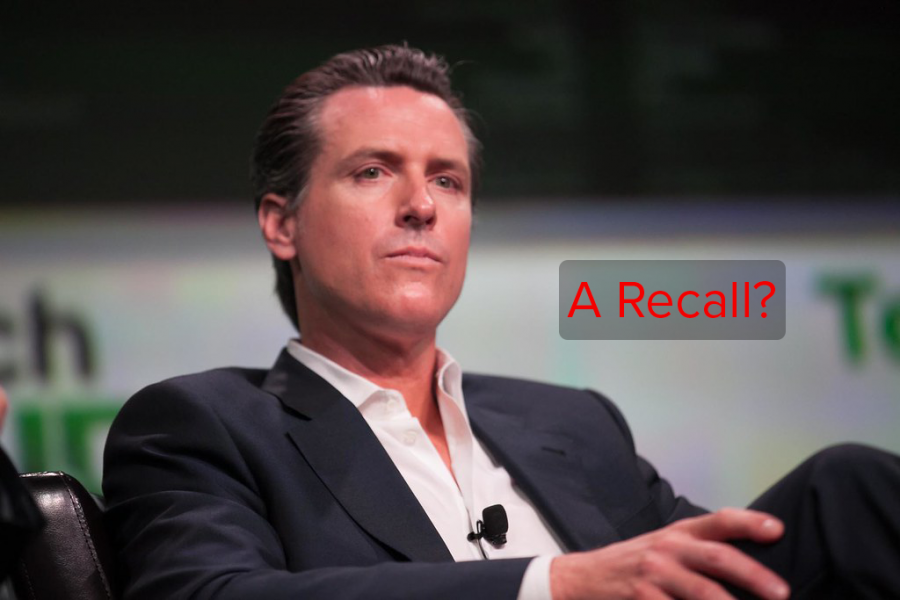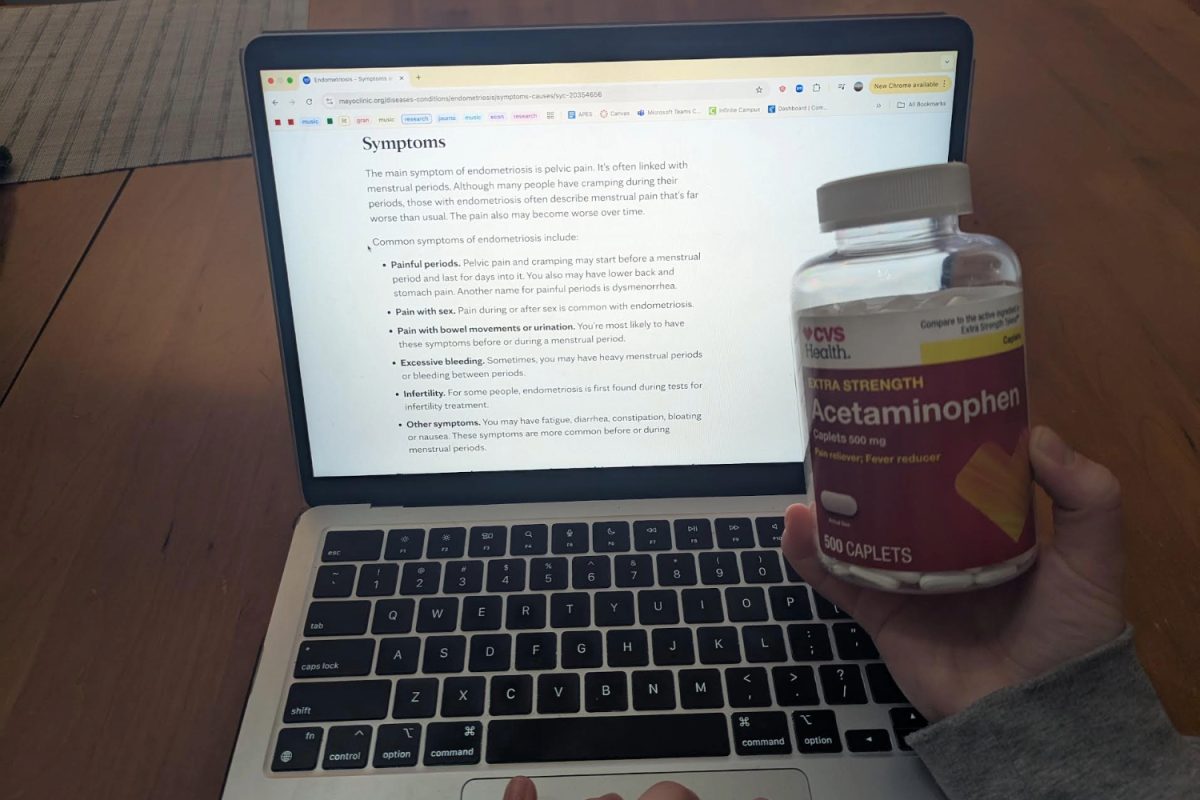In 2003, California’s Democratic governor Gray Davis faced a recall election just a year after winning a second term. Davis lost that vote by 10%, and in the replacement vote, Republican Arnold Schwarzenegger made it out on top from a field of 135 balloted candidates. This came as a shock to many, as the state at the time was leaning towards the Democrats.
Today, Gov. Gavin Newsom faces the specter of the same recall procedure that booted Davis from the governorship. The Recall Gavin movement has been gaining traction as a result of Newsom’s botched approach to the pandemic in California and personal inability to follow his guidelines. The petition has acquired 1.4 million signatures out of the 1.5 million required; hitting that mark does not mean the initiative will automatically appear on the ballot. Instead, all signatures must be verified, and many will be thrown out. To be safe, the organizers have set a goal of 1.8 million signatures. The deadline to initiate the recall is March 17, a date that is fast approaching.
To understand why he faces a recall vote, we must look back to the beginning of the pandemic.
When the COVID-19 pandemic began in America, Newsom quickly acted and placed the state under a stay-at-home order. For this quick and decisive action, Newsom was commended throughout the nation for this act of courage. While cases were surging elsewhere, California’s cases remained some of the lowest in the nation, even though many of the country’s earliest issues originated in the state. While helpful in preventing the spread of the virus, these strong measures negatively impacted the local economy. Subsequently, Newsom chose to fold to business pressure and end the initial statewide stay-at-home order in place of a state watch list. Those interested in ending all restrictions were furious, but this move also angered those on the opposite side of the spectrum. Newsom’s approach to the pandemic has angered those on the left and the right, a challenging feat in this nation’s polarized state.
Since then, California has now become the epicenter of the pandemic in the United States. This has not been helped by Newsom’s sporadic shifts between stay-at-home orders and the county tier system. While COVID-19 cases are currently dropping, Newsom’s latest move of abandoning the stay-at-home order statewide is premature and could end up reversing our new gains, a lesson he doesn’t seem to have learned since last time.
Despite all of this, Newsom should not be recalled. The recall movement is dominated by the far-right and would likely lead to another chaotic and polarizing election, furthering political discontent in an already-fraught environment. Such a recall effort would also occur on an off-year election, meaning there would be a meager turnout, improperly representing Californians’ true feelings. A better time to decide this would be in the 2022 mid-term election year, where Newsom could face proper opposition in a blanket primary, and as many voters as possible could have their say.
Although it’s important to openly express our criticisms with political leadership, we should not rush to replace this governor in a setting with an expected low voter turnout and a polarized election environment. If we are impatient, his replacement could be far worse.












